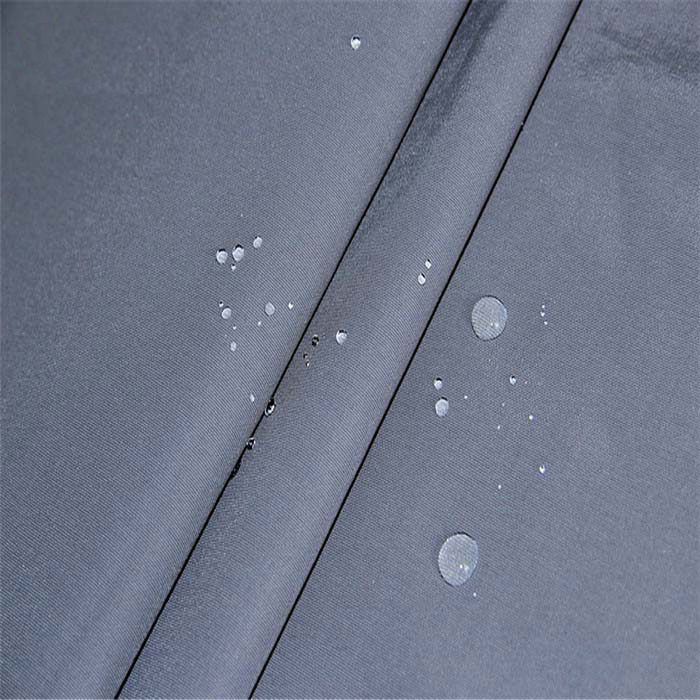The fabric industry has traditionally been one of the important pillar industries of China's national economy, yet its supply chain faces many challenges, with resource consumption, source pollution and other issues limiting the sustainability of progress. In this regard, in the Sino-European Sustainable Supply Chain High Level Forum held today, and experts from various aspects of the meeting put forward recommendations.
As one of the pillars of domestic traditional-type industries, the traditional fabric industry has always had the problems of high pollution, high energy consumption and water consumption. According to statistics, at present, China's energy consumption per unit of fabric is 2.4 times the world average; to cotton fabric, for example, 10,000 meters of cotton fabric processing needs 300 tons of water. Zhao Ping, director of the International Trade Research Department of the China Institute for the Promotion of International Trade, said frankly that China's fabric products can continue the supply chain faces many challenges.
Zhao Ping said: "Resource consumption, the entire industrial chain in the production process in the end how much energy was consumed, how much water consumption. The second environmental pollution is more waste generation, relatively low reuse rate, very chemical fiber, cotton trimmings, sewage discharge problems, and some heavy metals and other emissions are also over the standard."
Zhao Ping believes that it is important to create a sustainable supply chain and reduce pollution at source.
Zhao Ping said: "cotton source pollution is particularly large, natural raw material planting link is energy saving and emission reduction to reduce pollution important aspects, and for chemical fibers to expand the scale of the device, optimize the process, so that the extraction as well as printing and dyeing and other emissions and impact on the environment is relatively small. So we suggest to develop the synthesis of renewable resources with biomass engineering technology as the core, promote the recycling of waste fabric products, and build out a circular economy industry chain."
Logistics and transportation is also a key part of the supply chain of fabric products. Fu Bing, senior vice president of Jingdong Group, analyzed that at present, the fabric workwear class goods trading links multi-channel, diversified delivery methods, personalized consumer demand, all require a more efficient, intelligent and green supply chain. For example, for the workwear products with particularly rapid iteration, how to reasonably deploy inventory in different stages of sales and improve the efficiency of the entire inventory? Jingdong has made use of big data.
Fu Bing pointed out: "scientific network planning through big data, in the time of product trial sales, all-round laying of goods, near the origin of a place into the warehouse, after entering the best-selling period, according to the forecast distribution of sales, the layout of the explosion, quickly in the Jingdong warehouse separate stock, to achieve rapid sales. After entering the lagging period, the products are out of color and out of code, return to the original warehouse and integrate the inventory for processing."
To promote the sustainable progress of China's fabric industry, it is necessary to strengthen international cooperation in sustainable supply chain. Jiang Zengwei, president of the China Council for the Promotion of International Trade, said that China and the EU are both very important exporters and consumer markets for fabric products, and there is huge room for future cooperation.

Jiang Zengwei said: "China has some very competitive advantages in labor costs, industrial chain integrity, finishing and matching capabilities, while the EU has incomparable advantages in product development, technical design, branding and other aspects. The complementarity of the two sides is particularly obvious, and together we can make the cake of China-EU fabric industry cooperation bigger, and also jointly develop the third-party market to achieve the goal of mutually beneficial and win-win progress."
Contact: Jeanne yang(MISS)
Phone: 13912652341
E-mail: [email protected]
Add: Room A2216/A2217,Double-Star Building,No 567 New South Middle Road, KunShan City JiangSu Province ,China.